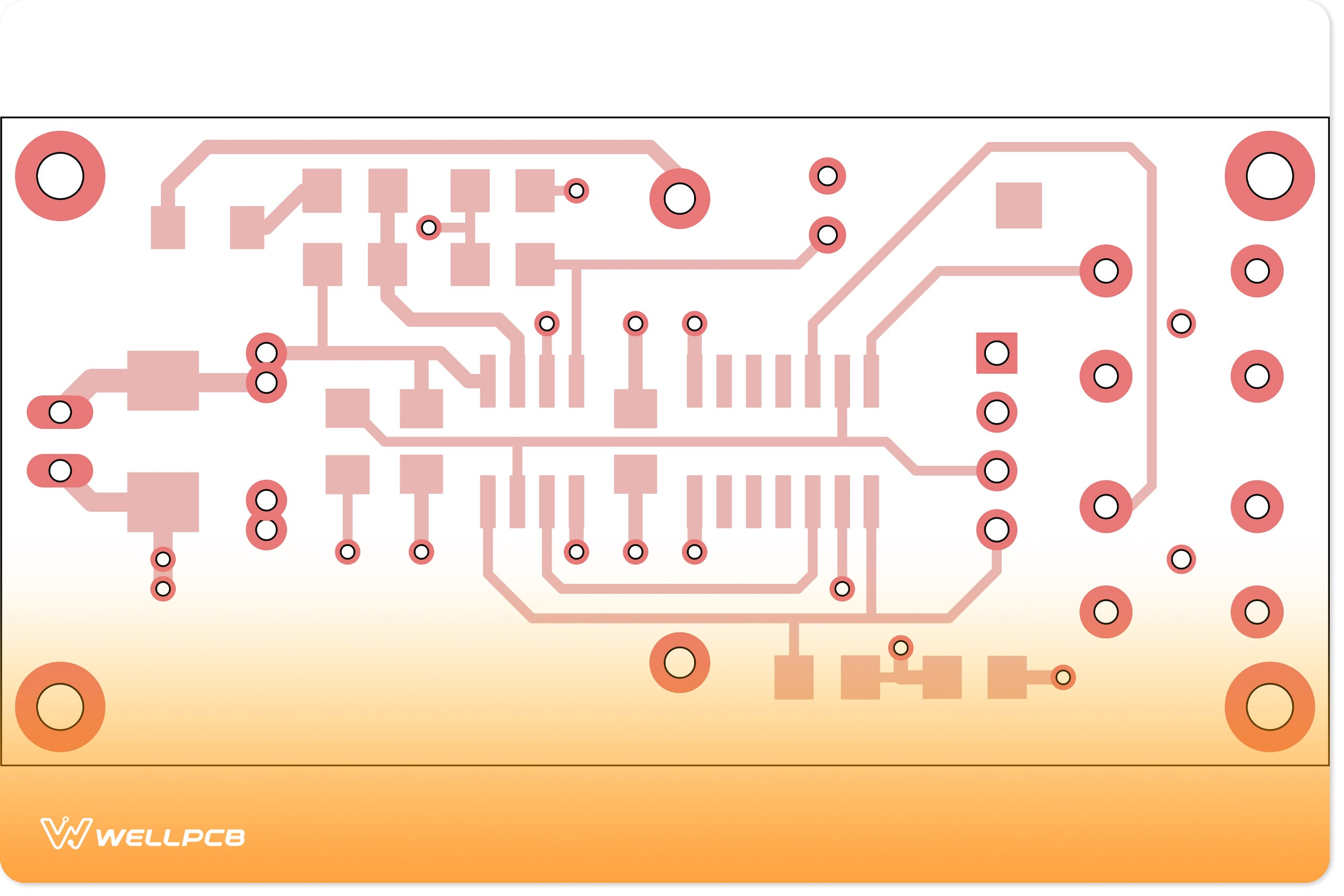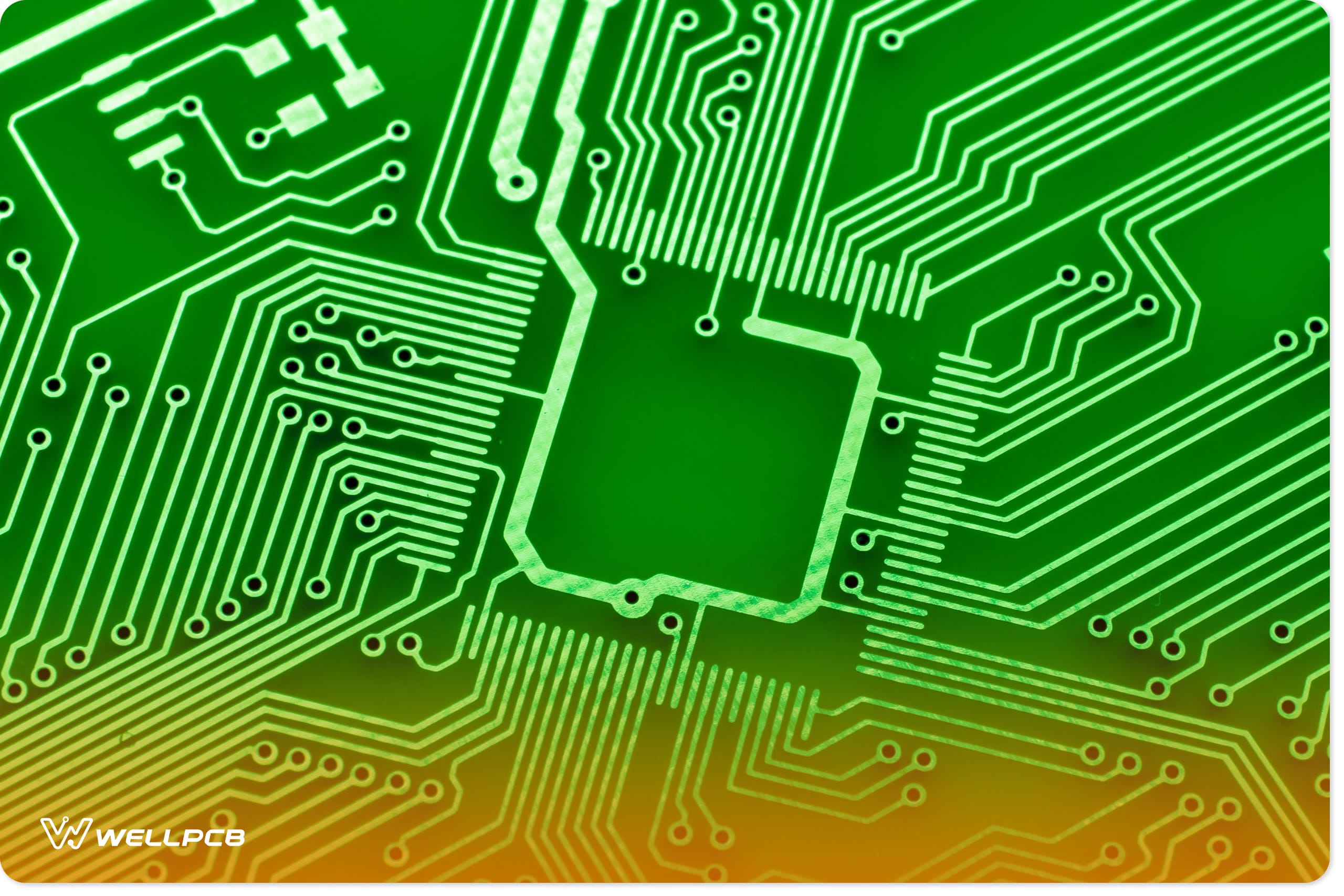Contents
- 1 What is a 6 Layer PCB stack up?
- 2 6-layer PCB materials
- 3 6 Layer PCB Components
- 4 Factors that Determine the Designs of a 6-layer PCB Stackup
- 5 Considerations of 6-layer PCB Stackup Signal Numbers, Power, and Ground Planes
- 6 How do you make a 6 Layer PCB?/multilayer PCB Manufacturing
- 7 How to Choose 6 layer PCB Manufacturer
- 8 4 layer vs. 6 Layer PCB
- 9 6-layer PCB Price
- 10 Factors that Influence a PCB Stickup’s Designs
- 11 The Benefits of Using a Six-layer PCB
- 12 Applications of the 6-Layer PCB Stackup
- 13 4 layer vs. 6 layer pcb motherboard
- 14 How to order 6-layer PCB?
- 15 Summary
What is a 6 Layer PCB stack up?
Six-layer PCBs consist of six copper layers laminated together. These boards are typically used for high-density applications, such as laptops, servers, or miniature devices.
6-layer boards have three dielectric layers and three conductive layers.
The dielectric layers typically consist of fiberglass or another insulating material, while the conductor layers are copper.
6-layer PCB stack-up
A common 6-layer PCB stack-up is as follows:
1: Signal Layer
2: Ground Layer
3: Power Layer
4: Signal Layer
5: Ground Layer
6: Power Layer
While for the standard 6-layer PCB board stack up layers, you could also have a 6-layer board with a different stack up.
For example, you could have:
-two surface layers (two external layers):
top layer and bottom layer
-two internal layers/inner layer
Internal layers/inner signal layer:
Internal routing Planes
-two internal planes
internal ground plane
internal power Plane
6-layer PCBs are used in various applications, including high-speed digital circuits, RF circuits, and power circuits.
They are also commonly valuable for multilayer printed circuit boards (PCBs). 6-layer PCBs offer advantages over other multilayer PCBs, including increased routing density, reduced crosstalk, and improved signal integrity.
6-layer PCB materials

Green PCB (printed circuit board) close-ucloseuplose upon electronic components
There are four main types of 6-layer PCB materials:
Metal
PCBs can be made with various metals, the most common being copper.
Copper is an excellent conductor of electricity and has a relatively low resistance. It is also very malleable, meaning it can be easily shaped into thin sheets.
Copper 6-layer PCBs are typically used in high-speed digital circuits and RF circuits.
FR-4
FR-4 is the most common type of 6-layer PCB material. It employs a glass-reinforced epoxy laminate and is excellently flame-resistant.
FR-4 is also resistant to humidity, chemicals, and temperatures up to 130°C.
Rogers
Rogers’s 6-layer PCB uses a dielectric material with a very low dielectric constant. This makes it ideal for high-frequency applications where signal integrity is critical.
PTFE(Teflon)
PTFE 6-layer pcb uses a fluoropolymer material with an extremely low dielectric constant. This makes them ideal for high-frequency applications where signal integrity is critical.
6 Layer PCB Components

PCB with electronic Components (detailed close-ucloseuploseup
There are many types of 6-layer PCB components, each with unique properties.
Transistors

Electronic transistors
Transistors are 6-layer PCB components that you can use to amplify or switch electronic signals.
Diodes

Set of color 5 mm LEDs
Diodes are 6-layer pcb components that allow current to flow in one direction only.
Resistors

The Resistors on the circuit board
Resistors are to control the flow of electricity through a circuit.
Capacitors

The Capacitors
Capacitors are 6-layer pcb components that can store electrical charge, ideal for filtering and signal processing applications.
Sensors
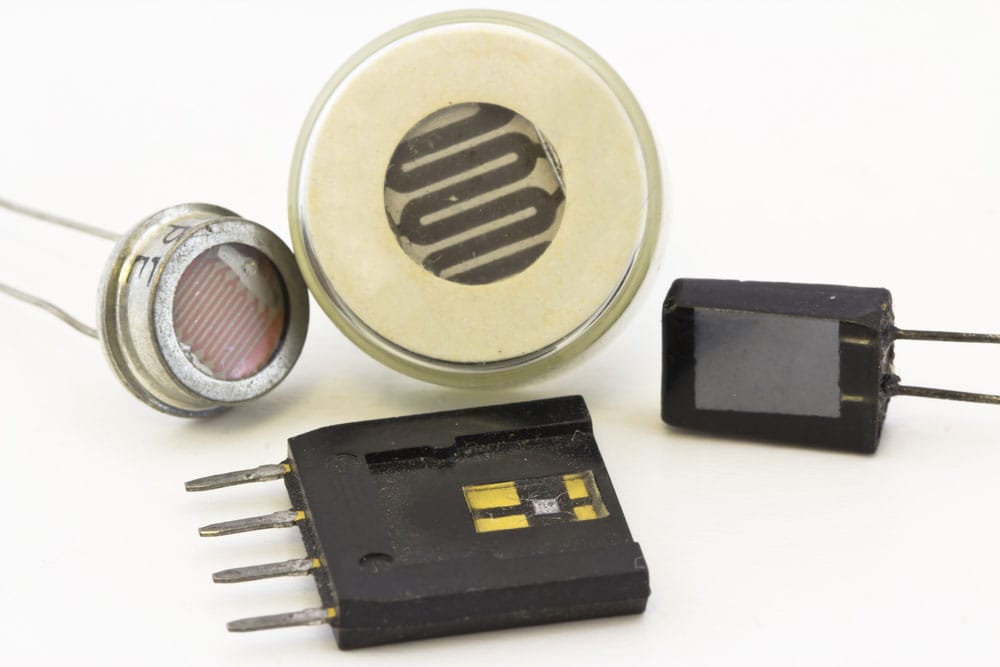
Different types of sensors
Sensors are 6-layer PCB components that detect, measure, and respond to physical changes in the environment.
transformers
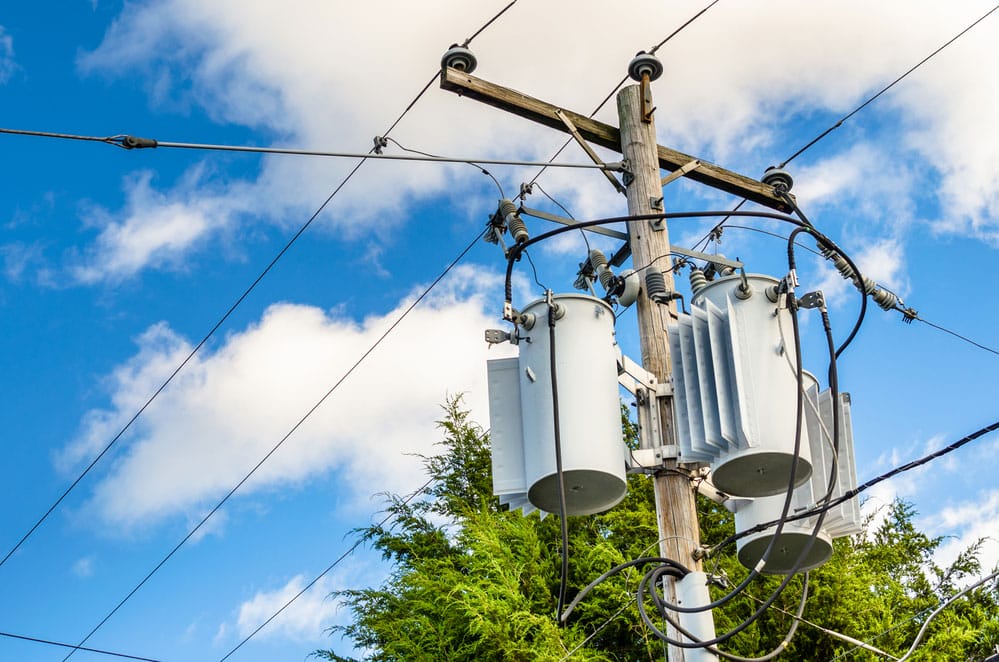
The Transformers on an Electricity Pole and Blue Sky with Clouds
Transformers are 6-layer pcb components that convert alternating current (AC) to direct current (DC) or vice versa.
Factors that Determine the Designs of a 6-layer PCB Stackup
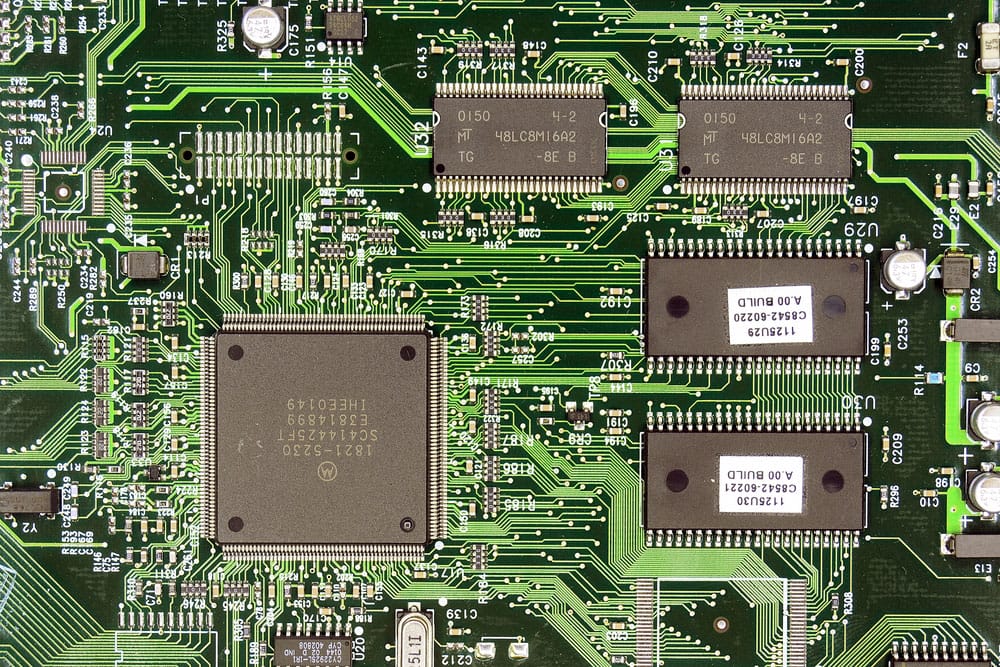
Printed circuit board
When choosing the 6-layer PCB stack-up design for your project, consider several factors.
These may include the component types and sizes, signal frequencies, thermal challenges, and size constraints.
Component Type and Size
The type and size of components used on the 6-layer PCB will significantly impact the stack-up design.
For example, if the PCB is used for high-speed digital circuits, the dielectric material between the signal layers must have a low dielectric constant (Dk) to minimize signal crosstalk.
Signal Frequency
The frequency of the signals routed on the 6-layer PCB must also be considered when choosing the stack-up design.
Higher-frequency signals require shorter trace lengths and more controlled impedance paths. To provide the necessary shielding and decoupling for these high-speed signals, it is important to choose a stack-up design that includes multiple ground or power planes.
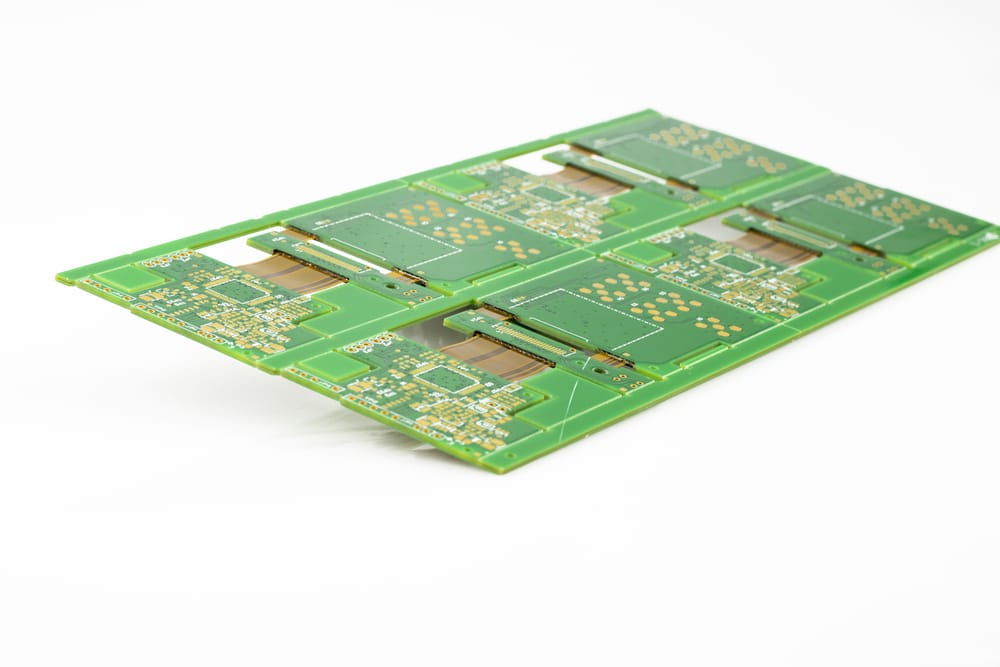
Multiplied several layers of printed circuit boards PCB
Thermal Management
Another important factor to consider when choosing a 6-layer PCB stack-up design is the circuit board’s thermal management.
If the PCB will be usable in an application that needs to dissipate a lot of heat, it is important to choose a stack-up design that includes multiple power and ground planes.
Then, you can connect these planes with vias to create thermal vias, which help to dissipate heat from the PCB.
Cost
Of course, the cost is always a consideration when designing a 6-layer PCB. The number of layers in the stack-up will impact the overall cost of the PCB, and choosing a 6-layer stack-up design that is too complex or requires expensive materials may drive up the cost of your project beyond your budget.
To minimize overall costs, it is essential to carefully consider the 6-layer PCB requirements of your application and select a stack-up design that meets these requirements while remaining within your budget constraints.
Considerations of 6-layer PCB Stackup Signal Numbers, Power, and Ground Planes
One of the most important considerations when designing a 6-layer PCB is the number of signals, power, and ground layers. The number of signal layers will determine the routing density and the maximum trace width. Besides, the number of power and ground layers will determine the maximum current carrying capacity and the minimum trace width.
The other important consideration is the insulating material’s dielectric constant (k). The dielectric constant measures a material’s ability to store electrical energy. The higher the dielectric constant, the higher the material’s capacitance. The dielectric constant of common PCB materials ranges from 2.2 to 3.8.
The next consideration is the thickness of the copper conductor layer. A thicker conductor layer means that the trace can carry more current.
Choosing a 6-layer PCB with appropriate copper thickness is important to suit your project needs.
How do you make a 6 Layer PCB?/multilayer PCB Manufacturing
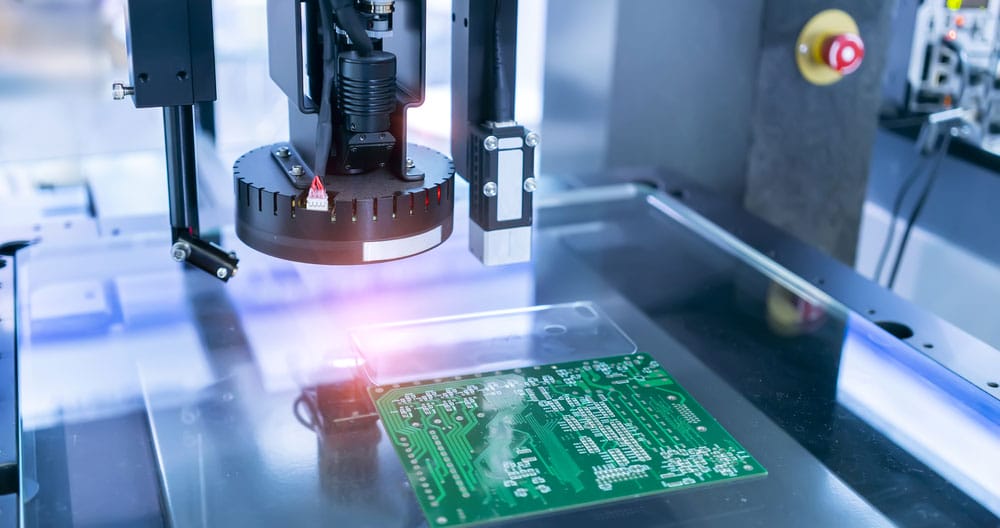
Vision measuring instrument inspecting PCB circuit board
The manufacturing process for a 6-layer PCB typically involves the following steps:
1. First, lay down a base or insulating layer of fiberglass or another suitable insulating material and print patterns onto it using conductive traces and vias.
2. Next, apply one or more conductor layers to this base layer, typically using copper foil laminated to the substrate using heat and pressure.
These conductor layers may be plated with metal, such as gold or nickel, to improve their performance and durability.
3. Once the conductor layers have been operational, additional insulation and conductor layers are added to create a 6-layer PCB design.
Additional vias between these layers allow for increased routing density and improved electrical performance.
4. complete the 6-layer PCB by applying a solder mask and silk screening to the top and bottom surfaces.
These final steps protect the underlying circuitry from damage and make it easier for assemblers to identify and place components on the board.
How to Choose 6 layer PCB Manufacturer

making a choice
Who is the largest PCB manufacturer in the world? What is the best PCB manufacturer? Who makes PCB boards?
These are just a few of the questions you might ask yourself when looking for a 6-layer PCB manufacturer.
There are many options available. But how do you know which one is right for your project?
Here are a few things to consider when choosing a 6-layer PCB manufacturer:
Capabilities:
What capabilities does the PCB manufacturer have? Do they have experience with a variety of materials and production processes? Can they meet your deadlines and project requirements?
Reputation:
What do other businesses and customers have to say about this PCB manufacturer? Is their reputation for quality, reliability, and customer service strong?
Cost:
Of course, cost is also an important factor to consider when choosing a PCB manufacturer. Do they offer competitive pricing and payment options? Do they offer any discounts or promotions that can help you save money? Are their assembly services reasonably priced?
Quality
When choosing a 6-layer PCB manufacturer, quality is always the top priority. You want to ensure that the products you are getting are high-quality in the PCB industry and will meet all your project requirements.
Delivery time
While it is important to find a PCB manufacturer that can meet your quality standards, you also don’t want to wait too long for your order.
Make sure to ask about their estimated delivery time and whether they can accommodate rush orders.
Customer service
Another important factor to consider is customer service. You want to work with a 6-layerPCBb manufacturer that is responsive and helpful, especially during the ordering process.
Ask about their customer service policies and ensure you can get the help you need.
Pricing
Of course, you also want to get a good deal on your 6-layer PCB. Get quotes from several different manufacturers and compare pricing.
Make sure to also factor in shipping and handling costs.
Customer service
Customer service is another important factor when choosing a 6-layer PCB manufacturer.
Find one with responsive customer service when looking for a 6-layer PCB manufacturer. This way, if you have any questions or problems, you can get the help you need.
Technical support
Another factor to consider is technical support. While many 6-layer PCB manufacturers offer some technical support, some are better.
4 layer vs. 6 Layer PCB
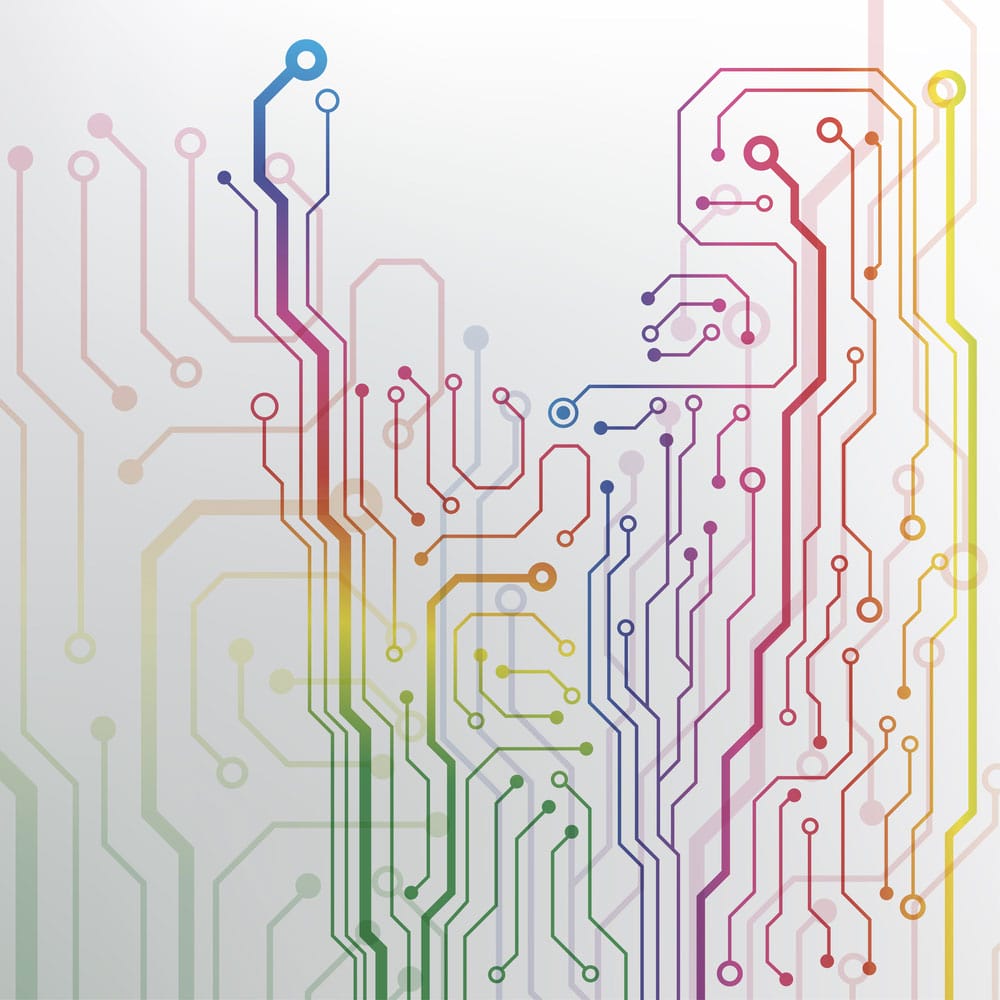
Circuit board background
Comparing 4-layer vs. 6-layer PCBs can be tricky, as many factors must be considered. Some key considerations include cost and performance.
Cost and performance
One of the main differences between 4-layer and 6-layer PCBs is cost. 6-layer PCBs are typically more expensive than 4-layer PCBs, as they require more advanced manufacturing processes and materials. However, 6-layer PCBs tend to offer better performance than 4-layer PCBs.
pros and cons
1. 4 layer PCBs are cheaper and easier to produce
2. 6 layer PCBs offer more routing options and are better for high-speed signals
3. 4 layer PCBs are better for smaller boards or when you need more reliability
4. The six-layer PCB is better for larger boards or when you need more performance
5. In the end, it comes down to what your specific needs are for your project. If you need a high-performance 6-layer PCB, you’ll have to be willing to pay more for it. If you don’t have as many routing requirements, a 4-layer PCB might be your better option. Either way, it’s essential to carefully consider your options before deciding.
6-layer PCB Price
When it comes to the price of a 6-layer PCB, a number of factors can influence the final cost.
Some important considerations include the materials used, the complexity of the design, and whether the board is assembled in-house or outsourced to a third party.
Other essential factors include certification requirements and special orders, such as specific finishes or packaging.
Ultimately, evaluating your individual needs is crucial, and making an informed decision about 6-layer PCB pricing will work best for you.
Through careful research and up-to-date industry knowledge, you can find great deals on 6-layer PCBs that won’t break the bank.
Factors that Influence a PCB Stickup’s Designs
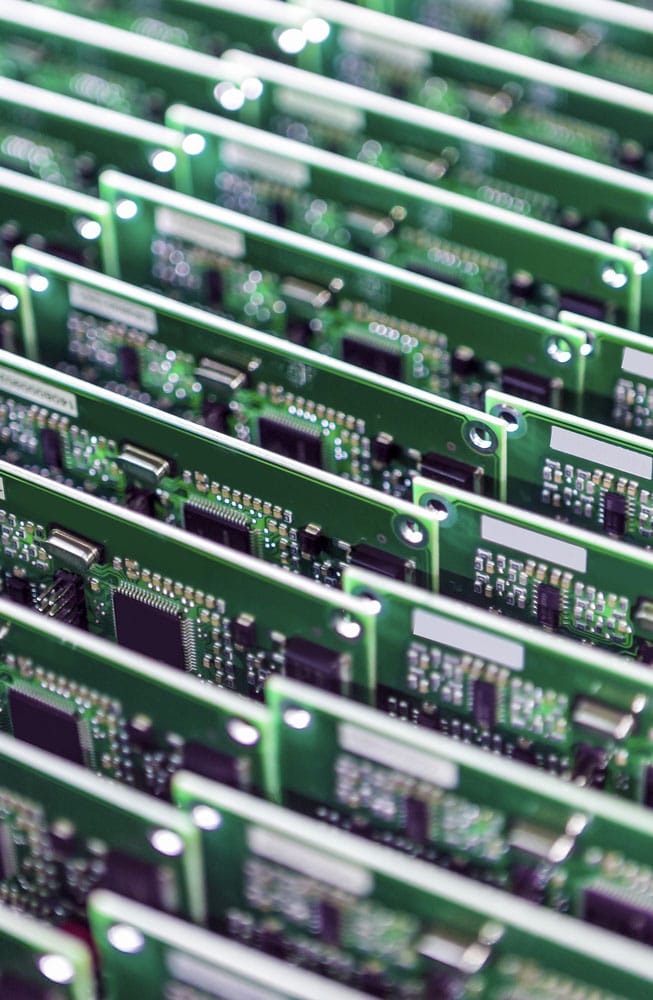
A lot of Ready Produced Printed Circuit Boards are Packed Together
Careful consideration of these factors is essential to produce multilayer circuit boards.
1. The number of layers in a PCB stack up
2. The thickness and materials of the PCB layers
3. The spacing between the PCB layers
4. The conductor width and spacing
5. The dielectric constant of the insulating material
6. The shape and size of the components on the PCB
7 The manufacturing process used to create the PCB
The Benefits of Using a Six-layer PCB
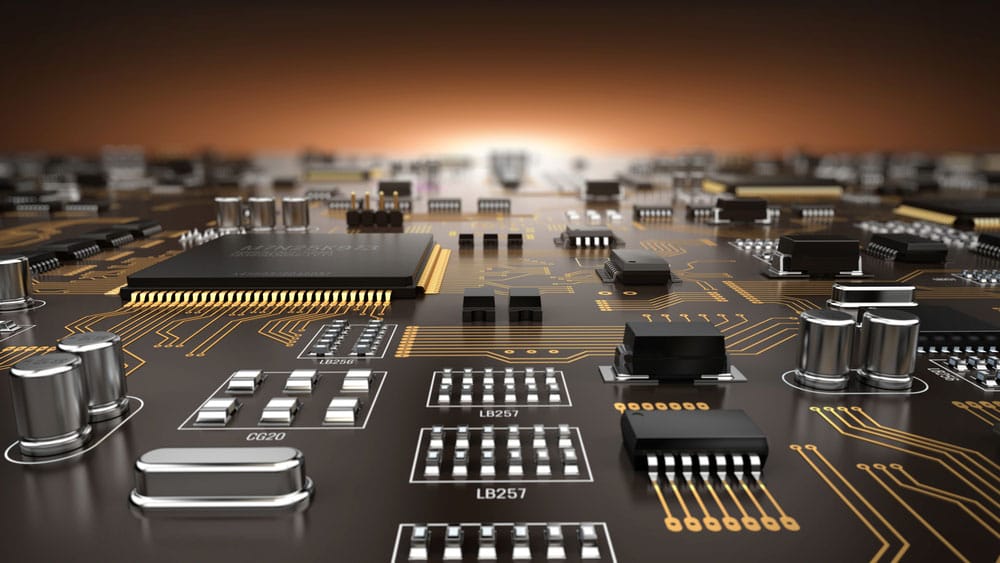
High-tech electronic PCB (Printed circuit board) with processor and microchips.
Six layers of PCB play an important role in manufacturing electronics and other devices. This type of printed circuit board offers several benefits, which are discussed below;
Simple layout
With 6 layers, the PCB layout and design can be simpler, making tracing signals and troubleshooting issues easier.
High quality
As 6-layer PCBs are manufactured using high-quality components and materials, they tend to be more reliable and durable than other PCBs.
Lightweight construction
Because six-layer circuit board manufacturers use thinner materials for the PCB, 6-layer boards are also much lighter than other PCBs.
Small size
Due to their thinness and lightweight construction, 6-layer PCBs can be much smaller than other types of PCBs.
Improved durability
While 6-layer PCBs are more expensive than other PCBs, their improved durability and reliability can make them worth the investment for many applications.
Exceptional electrical properties
Except for its small size, the 6-layer PCB’s other electrical properties are the same as those of a normal PCB.
The 6-layer PCB is designed to enhance performance for critical applications requiring high-speed signaling, increased power, thermal dissipation, or other capabilities that are more difficult to achieve with standard PCB designs.
Applications of the 6-Layer PCB Stackup

CloseupCloseupCloseup circuit board with processor
Many applications use 6-layer PCB stackups, ranging from systems to consumer electronics. Such as:
Aerospace

Spaceships in Outer Space
6-layer PCBs are often used in systems because of their ability to withstand harsh conditions and extreme temperatures.
Medical
6-layer PCBs are also commonly usable in medical devices because they transmit sensitive data quickly and accurately.
Consumer Electronics

tablets
6-layer PCBs are also used extensively in consumer electronics, such as cell phones, laptops, and tablets.
This is because 6-layer PCBs allow for faster data transmission and more reliable connections, vital for modern devices that rely heavily on wireless communication.
Industrial Electronics
Another area where 6-layer PCBs are commonly used in industrial electronics.
6-layer PCBs are often popular in factory automation systems and other complex, data-intensive systems that need to be able to transmit and process large amounts of information quickly.
4 layer vs. 6 layer pcb motherboard

Typical desktop computer motherboard close-closeup
of a 6-layer PCB motherboard for your project, there are a few key factors to consider.
One of the most important is the type and complexity of your system or device, 6 layers of PCBs may be overkill for simple projects.
You will also want to consider things like cost and availability, as 6-layer PCBs can be more expensive and harder to find than 4-layer boards.
Six-layer PCBs offer several advantages over 4-layer boards, including increased bandwidth and processing speed, greater durability, and improved heat dissipation.
However, these benefits come at a cost in terms of money and complexity.
If you’re building a system or device, working on a simple project, or just getting started with 6-layer PCBs, it may be worth considering a cheaper 4-layer board solution.
How to order 6-layer PCB?
First, send the new PCB file or schematic diagram. The 6-layer PCB file could be in *.pdf,*.jpg,*.png, or other formats.
You can simply zip all the files into one folder and upload the 6-layer PCB file to our website.
Second, select the specifications for the 6-layer PCB, such as the thickness, color, and surface finish.
Then, enter the quantity of the 6-layer PCB, add the PCB to the cart, and check out the PCB.
Summary
PCBs are important in any electronic device, and choosing the right manufacturer is essential to ensure quality products.
We take pleasure in our high-quality 6-layer PCBs, which exceed or match your expectations. Our staff of experienced engineers can assist you in producing the ideal PCB for your needs.
And we provide various services to make the process as simple as possible for you.
Contact us today to learn more about our 6-layer PCBs and how we can help you bring your product to market!



